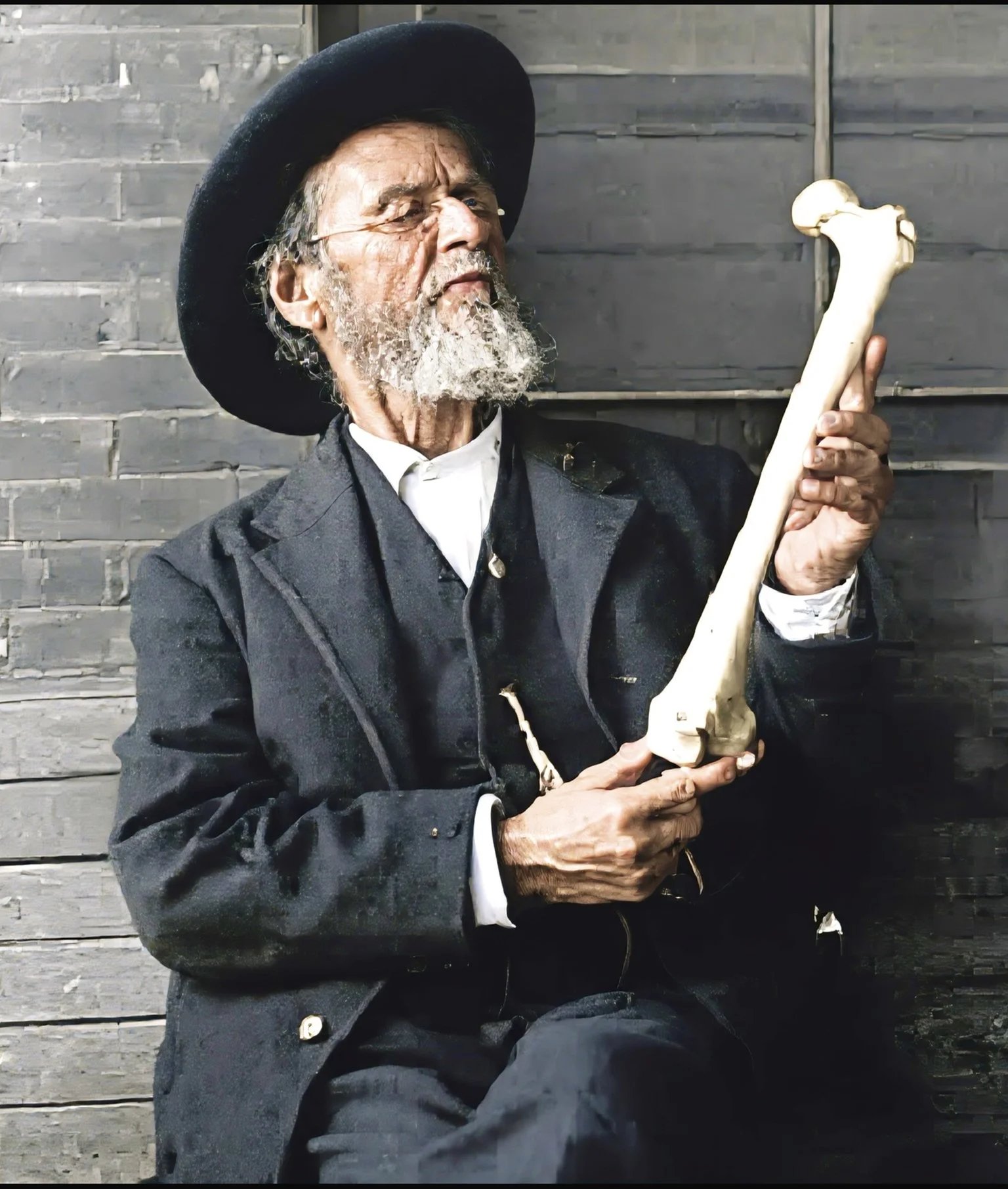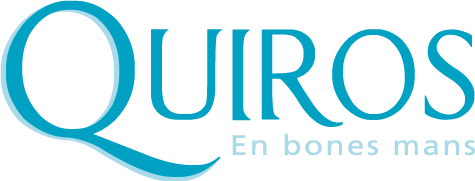
PHILOSOPHY AND PRINCIPLES OF OSTEOPATHY
-
🧍♂️ The osteopathic approach
Osteopathy is based on the idea that the human being is a dynamic functional unit, where body, mind and spirit interact constantly. The body has a natural capacity for self-regulation and self-healing, and structure and function are interrelated at all levels.
Osteopaths apply current medical and scientific knowledge to understand the patient in a global way. Symptoms are the result of multiple physical and non-physical factors, and therefore the therapist-patient relationship is key in the healing process. Care focuses on the person, not just the disease.
👐 Diagnosis and treatment
Structural diagnosis and osteopathic manipulative treatment are essential. Manual techniques are used to facilitate the body's natural mechanisms, addressing areas of tension, stress or dysfunction that may affect the neurological, vascular or biochemical systems.
Although other professions also use manual techniques, osteopathy integrates them in a unique way: the duration, frequency and selection of technique are adapted to each patient.
🔄 Structure-function relationship models
Osteopaths use five complementary models to interpret findings and guide treatment:
🦴 Biomechanical
Analyzes posture, balance and integration of musculoskeletal components. Treats imbalances that affect proprioception, metabolism or neurovascular function.
💨 Respiratory / circulatory
Focuses on the flow of oxygen, nutrients and waste elimination. Treats dysfunctions in breathing, circulation and movement of body fluids.
🧠 Neurological
Explores spinal facilitation, the autonomic nervous system and pain response. Treats tensions that alter neuronal communication and neuroendocrine regulation.
🧘 Bio-psycho-social
Recognized for integrating environmental, emotional, cultural and social factors that influence health. Treats the impact of stress and psychological reactions.
🔋 Bio-energetic
Considers the balance between energy production, distribution and expenditure. Treats factors that may alter the body's adaptive capacity.




